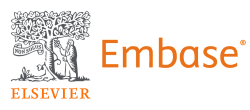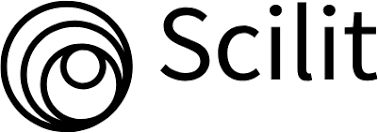Embase and ASCI indexed
We are pleased to announce that the Asian Journal of Medical Research & Health Sciences (A-JMRHS) is now officially indexed in Embase and the Asian Science Citation Index (ASCI).
This achievement reflects the journal’s commitment to maintaining high standards of academic quality, peer review, and publication ethics, and enhances the global visibility and accessibility of published research.
We thank our authors, reviewers, and editorial board members for their continued support.
Read more about Embase and ASCI indexed















